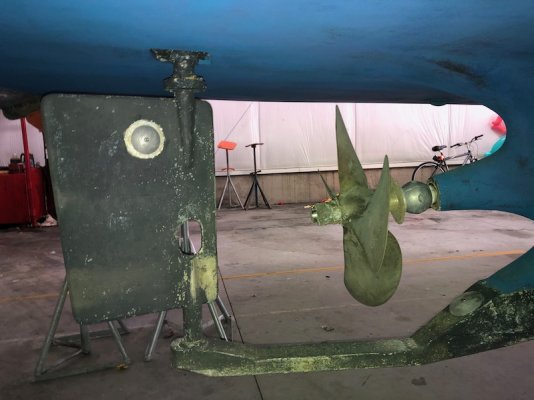lwarden
Guru
Thank you Grumpyfng, Cosmopete and OCEANA for your report of the Eagle 40. We aren't quite ready to pull the trigger on a boat/life change and swap coasts for the Great Loop but this boat will be on our radar when we do. It seems to check a lot of the boxes for a couple doing coastal cruising.
For those interested in the Eagle, here is an article from Passagemaker from a few years ago:
https://www.passagemaker.com/cruise...eat-under-the-radar-option-for-trawler-owners
For those interested in the Eagle, here is an article from Passagemaker from a few years ago:
https://www.passagemaker.com/cruise...eat-under-the-radar-option-for-trawler-owners
Last edited:

